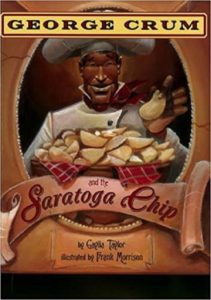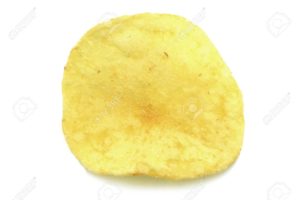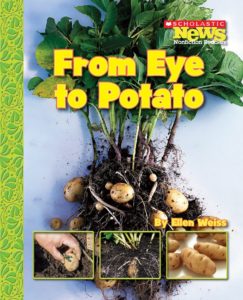 |
Ellen Weiss’s From Eye to Potato (Children’s Press, 2007) is an overview of the life cycle of the potato, with a simple text and terrific color photographs. For ages 4-7. |
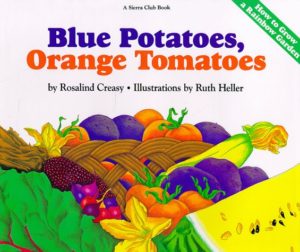
|
Rosalind Creasy’s Blue Potatoes, Orange Tomatoes (Sierra Club Books for Children, 2000) is a picture-book gardening guide to growing vegetables in out-of-the-ordinary colors – not only blue potatoes and orange tomatoes, but red popcorn, yellow watermelon, and purple string beans. For ages 6-9. |
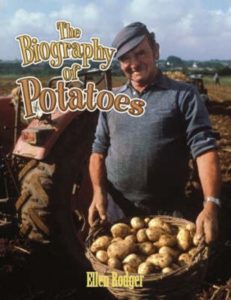
|
Ellen Rodger’s The Biography of Potatoes (Crabtree Publishing, 2007) is one of the How Did They Get Here? Series, each volume of which traces the history and global impact of such staples as chocolate, coffee, cotton, rice, rubber, sugar, tomatoes, wheat, wool – and, here, potatoes. The book, in 32 illustrated pages, covers the life and times of potatoes, from their origin in the Andes Mountains of Peru – the Incas grew them – through their impact on workers’ diets, the Irish potato famine, potato farming today, and modern potato products. For ages 7-11. |
 |
By Deborah Peterson and Millicent Selsam, Don’t Throw It, Grow It! (Storey Publishing, 2008) has instructions for growing 68 different windowsill plants from kitchen scraps – among them a potted potato. Fun for all. |
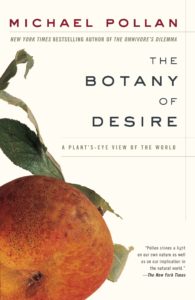
|
In Michael Pollan’s The Botany of Desire (Random House, 2002), a fascinating discussion of the convoluted relationships between human beings and plants, the section on the potato covers the history of the potato and the way in which biotechnology – via genetic engineering – is changing the potato’s future. Highly recommended for teenagers and adults. |
|
From Mashed to Riches is a lesson plan targeted at grades K-3 in which kids learn about the various kids of potatoes, make potato prints, sprout sweet potatoes and keep a potato journal, play a game of “Hot Potato,” and make mashed potatoes. |
|
From the USDA’s Team Nutrition, Sweet Potato Hill is a lesson booklet on sweet potatoes with projects, worksheets, and recipes for preschoolers and early elementary students. |
|
From Fordham University’s Modern History Sourcebook, Accounts of the Potato Revolution has a collection of primary sources on potatoes, dated 1695-1845. |
|
From Smithsonian magazine, How the Potato Changed the World is a reader-friendly history of the potato and how it led to modern industrial agriculture. |
|
The Potato Museum claims to have the world’s largest collection of all things potato. |





